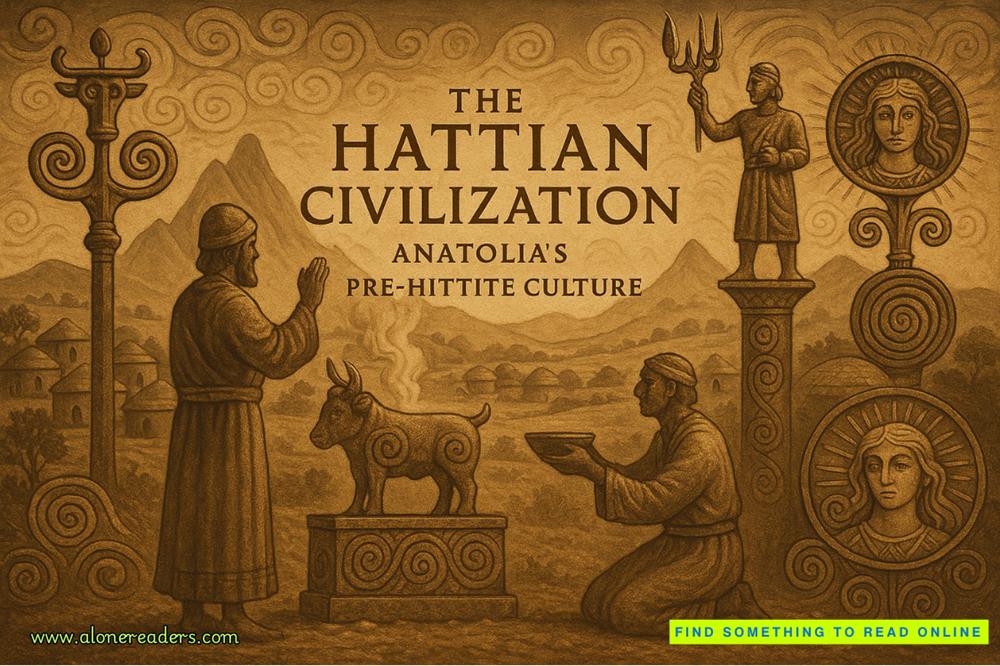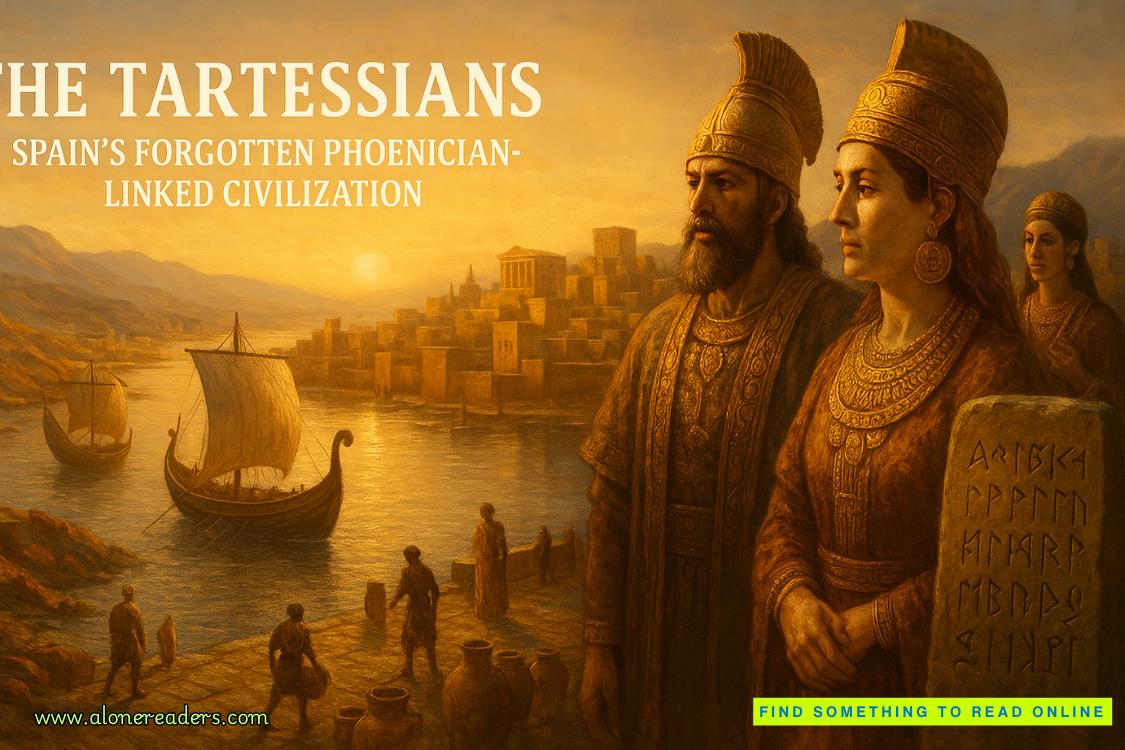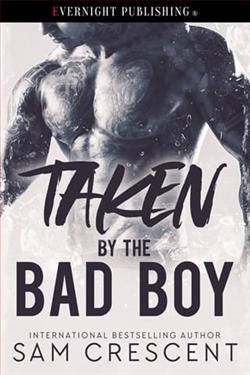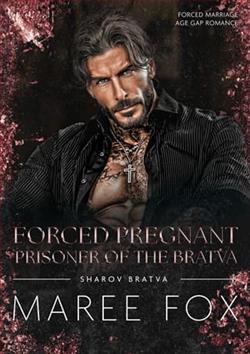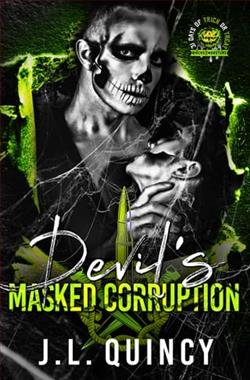Page 72 of BZRK: Reloaded (BZRK 2)
“Even if I can somehow help Vincent,” Plath said, “what makes you think Vincent can beat Bug Man this time around?”
“He will also have the new biot. Faster, stronger, better armed,” Anya said. “We’re going to grow one for him.”
“Also, we have no choice,” Nijinsky said. “It’s Vincent or we lose.”
Charles Armstrong had fought with Benjamin before.
Age twelve. Living in their grandfather’s gloomy mansion. Up in
the doll house.
The mannequins all wore clothing of recent vintage, the current
styles. All had eyes and mouths—the more abstract mannequins with
mere suggestions of faces were not for Charles and Benjamin. No,
their mannequins were people with personalities and opinions. And
hair.
Ludamilla, one of their grandfather’s maids, dressed the mannequins. The outfits came from buyers at Bloomingdale’s and Macy’s.
The mannequins themselves cam from mannequin supply companies.
On the occasion of their twelfth birthday they were presented
with a particularly attractive mannequin pair, both females, one with
a wig of long, stiff, honey-colored hair. The other, identical except for
the wig, which was pert, dark, and short. The boys named these new
creatures Jessie and Betty.
Jessie and Betty were made part of the schoolroom tableau, along with the teacher, Mrs. Munson, and the four students in desks, Tina,
Tony, Terrell, and Ty.
Jessie and Betty were to be the school nurse and the new music
teacher.
Betty, the dark-haired one, was the music teacher. She had a saxophone draped over one shoulder. Her eyes were blue and never looked
at you, always looked, by virtue of some artist’s design or simple error,
away.
Benjamin was the first to suggest that the two new mannequins
might be made into the equivalent of Charles and Benjamin. “We would just need a saw,” he’d said. “A saw, some glue, some
clamps.”
This had not started the fight. The fight had started because
Charles had felt they should have identical hair, but Benjamin had
